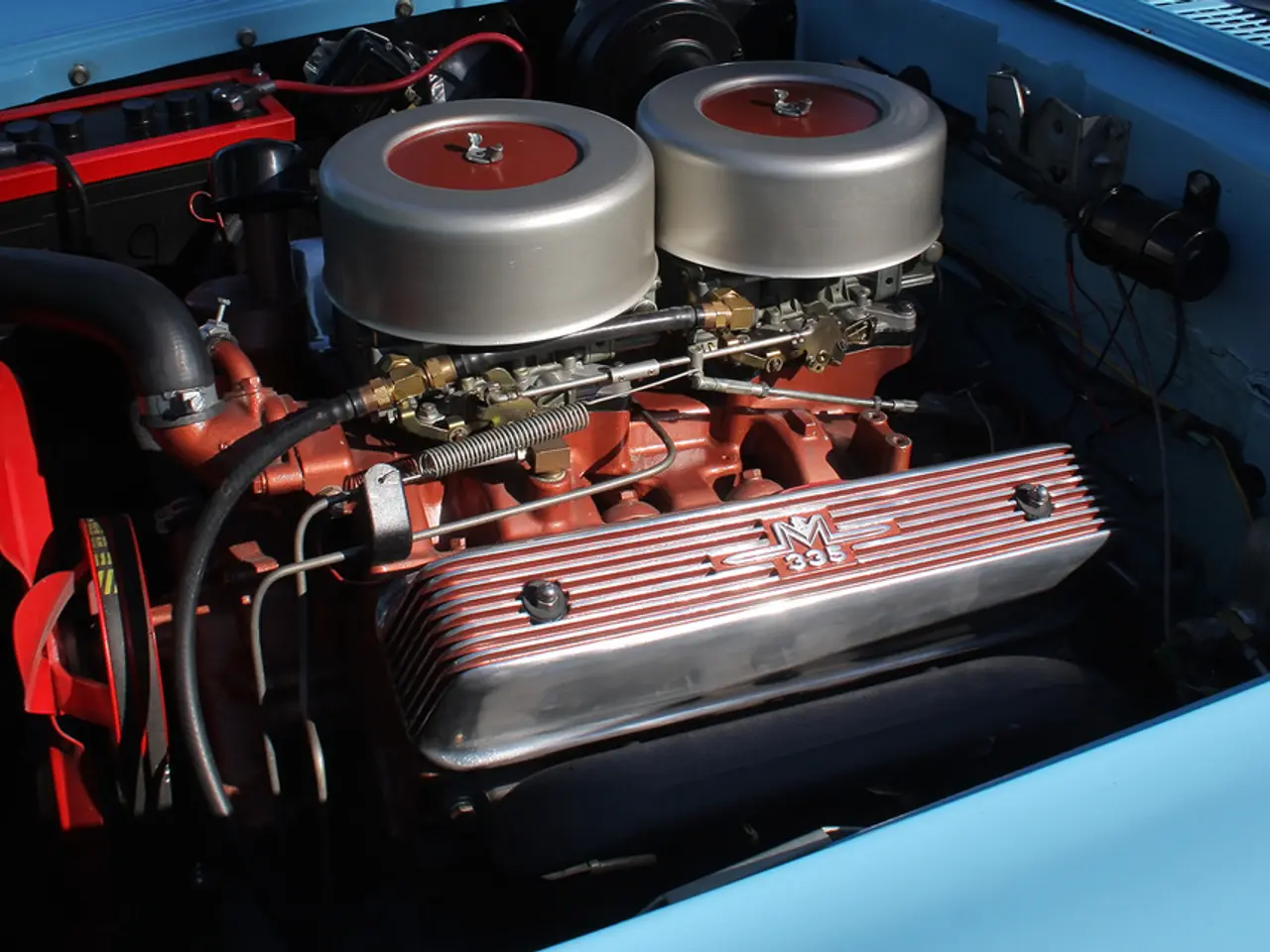Enhancements for Energy Conservation in Large-scale Equipment Usage
In the realm of heavy machinery operations, a new guide offers practical strategies to enhance fuel management and reduce energy consumption. Here's a breakdown of the key strategies and technologies highlighted in the guide.
Telematics-Based Fuel Management
A comprehensive approach to fuel management involves several steps. First, choose a telematics provider, install the necessary hardware, and set a baseline report. This provides a foundation for monitoring and optimizing fuel consumption. Next, create alerts to notify operators when fuel consumption exceeds predefined thresholds.
Operator coaching programs can also play a significant role in reducing fuel consumption.
Predictive Maintenance and Load-Based Engine Control
Predictive maintenance strategies involve regular checks of fuel filters, engine air filters, hydraulic oil levels, and sensor readings. This proactive approach helps prevent unexpected breakdowns and ensures optimal performance.
Load-based engine control tactics, such as torque management, auto idle shutdown, smart PTO control, variable-displacement pumps, and hydraulic load sharing, are designed to optimize engine performance based on the machine's current workload.
Key Metrics and Analytics
To effectively manage fuel consumption, it's essential to track key metrics such as fuel flow, idle time, engine hours and RPM, location and geofence events, load factor, and power demand. These metrics provide valuable insights into the machine's performance and help identify areas for improvement.
Monthly reporting of key performance indicators (KPIs) and associated actions keeps leaders informed and aligned with the operation's energy efficiency goals.
Energy Efficiency Upgrades and Hybridization
Fleet energy performance analytics can help multiply savings by identifying the most energy-intensive machines and suggesting appropriate upgrades. Common upgrades include automatic idle shutdown and smart idle control, hydraulic accumulators for energy storage and reuse, and regenerative circuits that return oil flow during lowering.
Hydraulic energy recovery and idle reduction are also common upgrades for heavy machinery operations. Prioritising machines with frequent short cycles can help identify those that would benefit most from these upgrades.
Hybridization Options
Hybridization options for heavy machinery include electric-assist with battery packs, regenerative capture from lifts, brakes, or swings, and ultracapacitors for high-power cycles. Comparing the retrofit cost versus the fuel saved per year is a useful method for choosing the most cost-effective upgrades.
Implementation by Manufacturers
Telematics-based fuel management implementations by manufacturers often leverage artificial intelligence, machine learning, and connected systems to create smarter and more flexible processes. However, specific details on implementations by manufacturers not mentioned in the guide are not available.
In conclusion, the guide offers a comprehensive approach to energy efficiency in heavy machinery operations, emphasizing the importance of telematics, predictive maintenance, load-based engine control, key metrics tracking, energy efficiency upgrades, and hybridization. By implementing these strategies, heavy machinery operators can expect fuel reductions of 10-25% from load-based engine control and 20-50% from hybridization.
Read also:
- Daily Digest for July 28: Launch of Kinetic DX, Expansion of BYD's Indian operations, Steelbird's production goals, along with other updates...
- Redesigning Traditional Assembly Process for Electric Vehicles by Ford
- Zebra Ventures Provides Funding for RFID Technology in Software Development, as Reported by Xemelgo
- Hitachi Industrial Equipment Systems Teams Up with OJUS Power for Strategic Collaboration, Introducing Cutting-edge Air Compressor Technology in India








